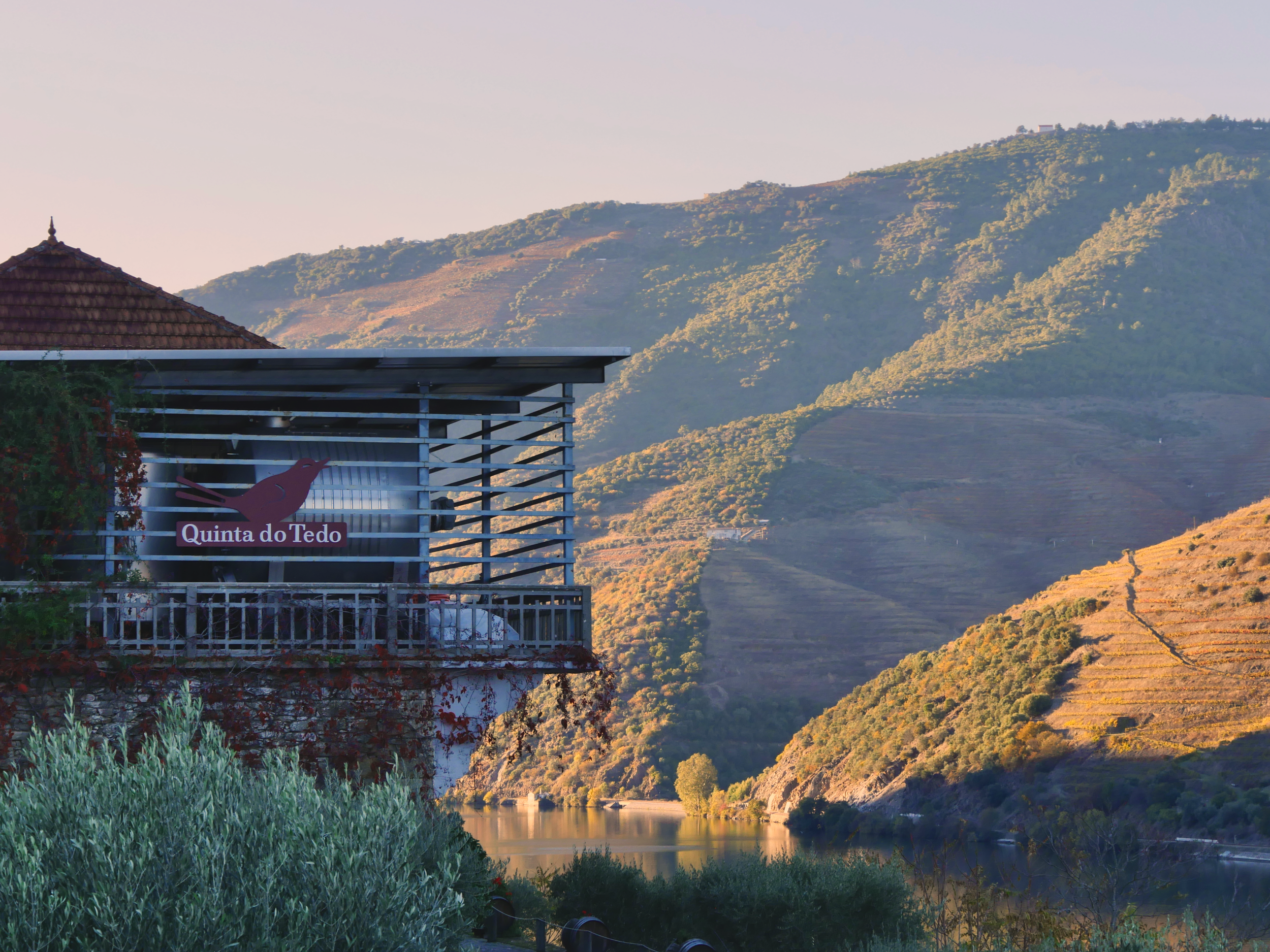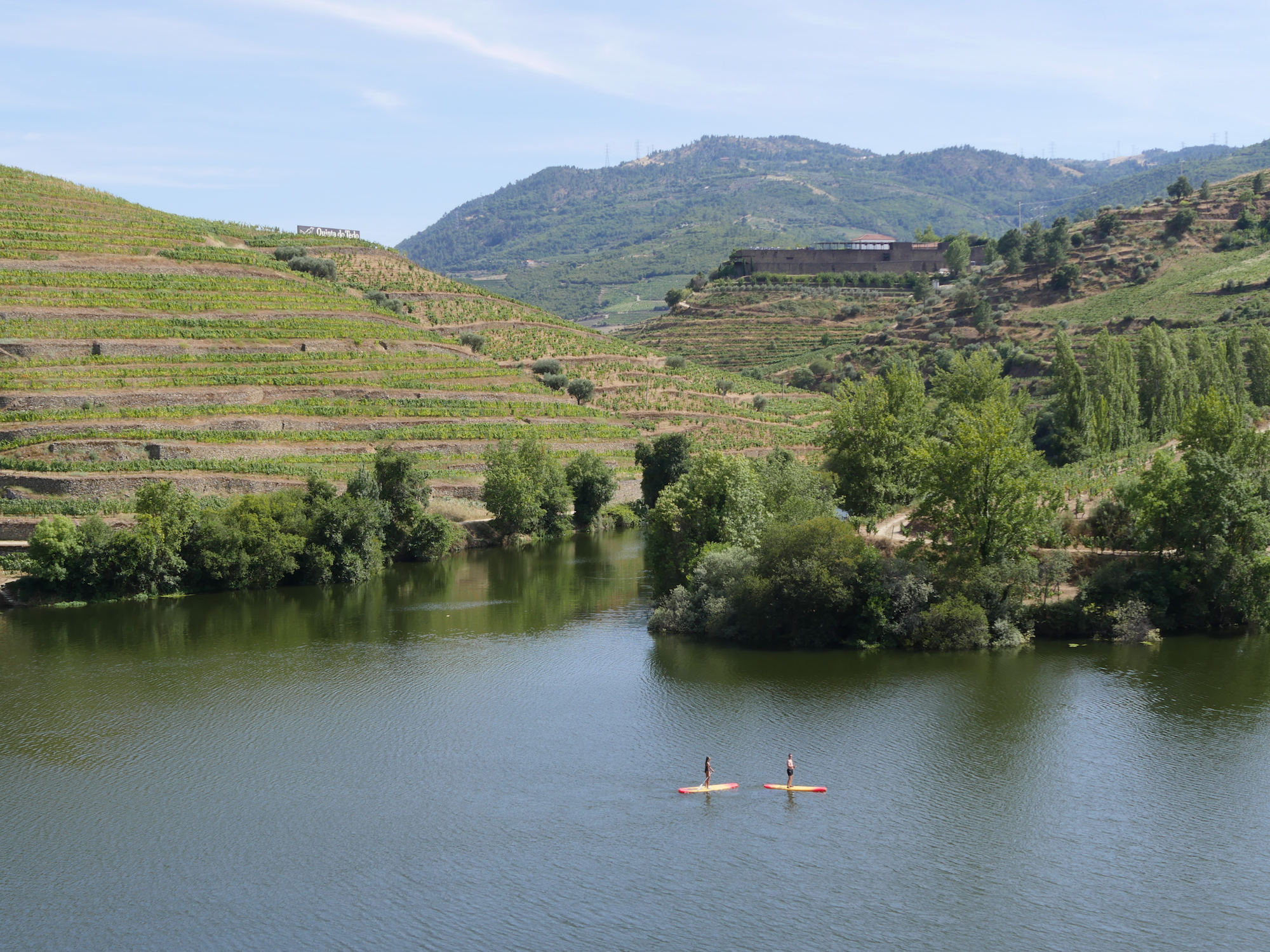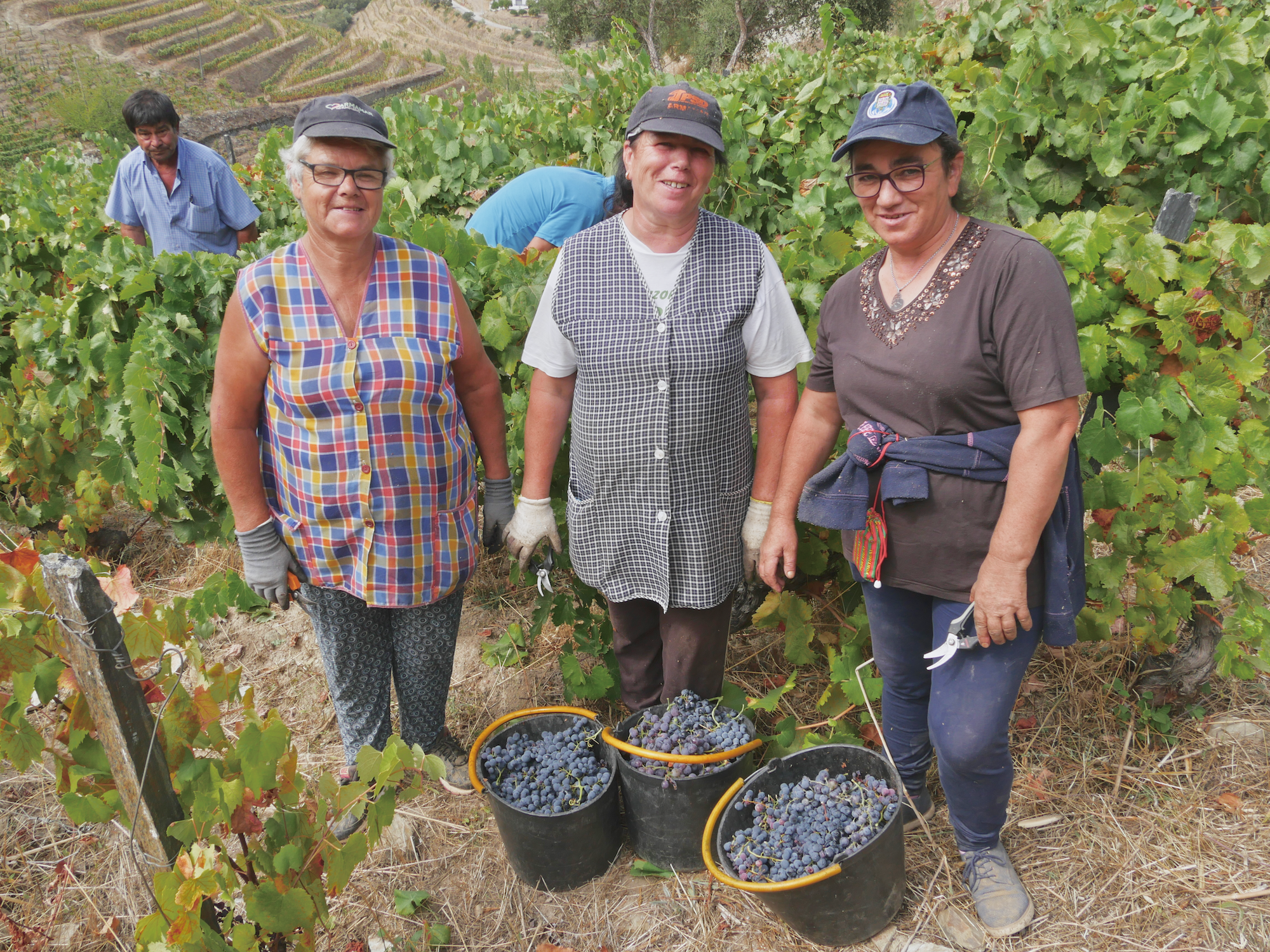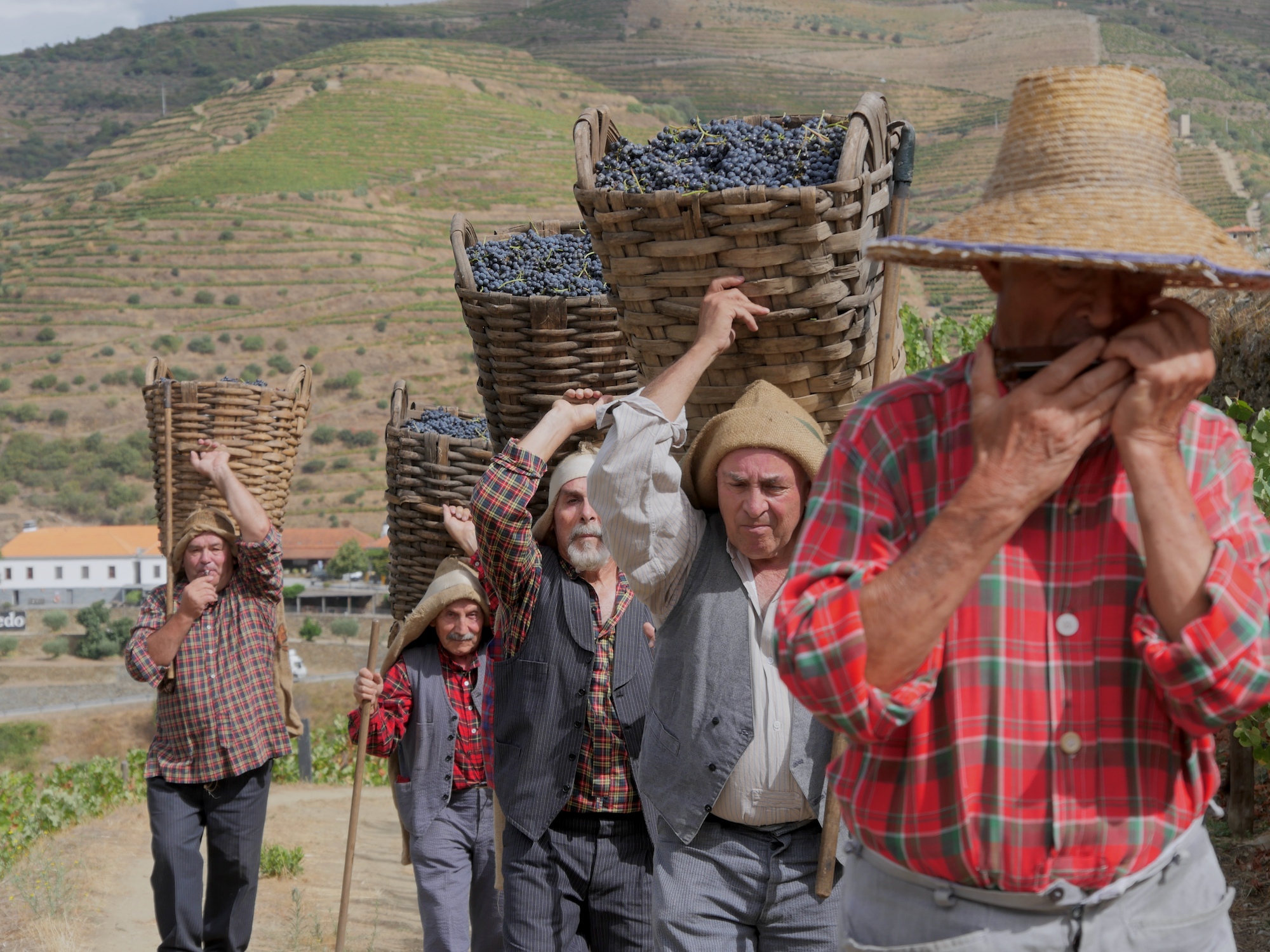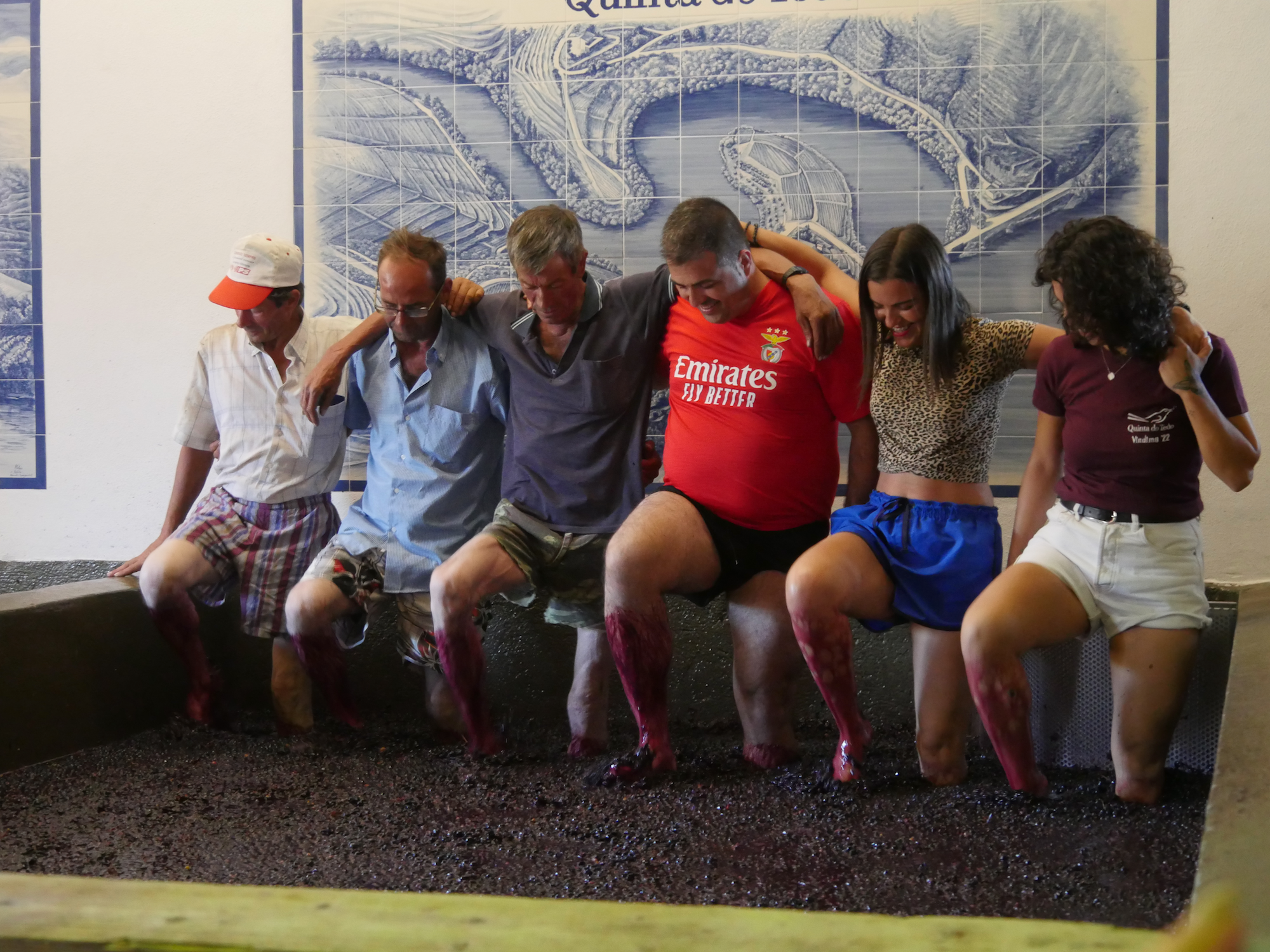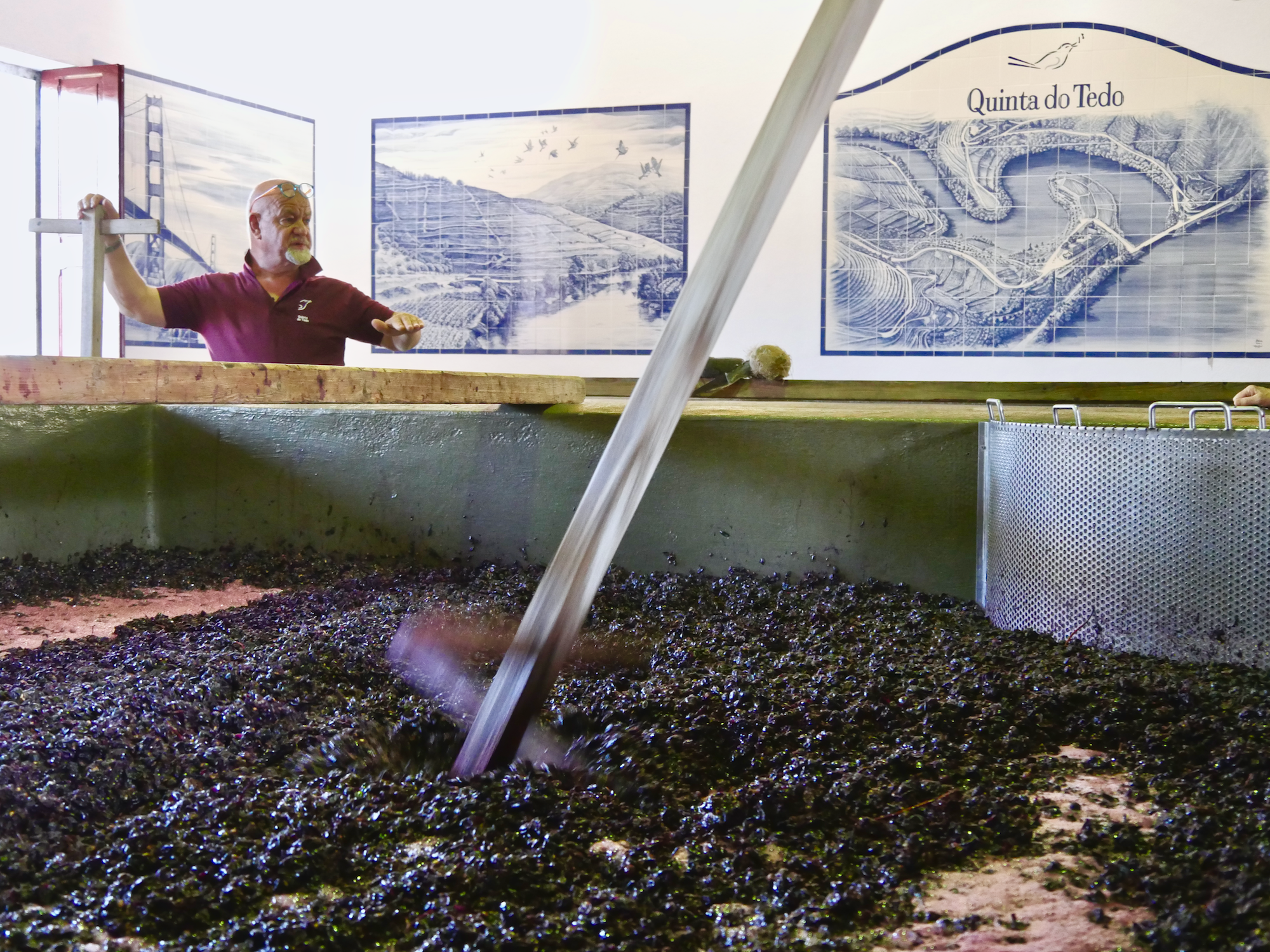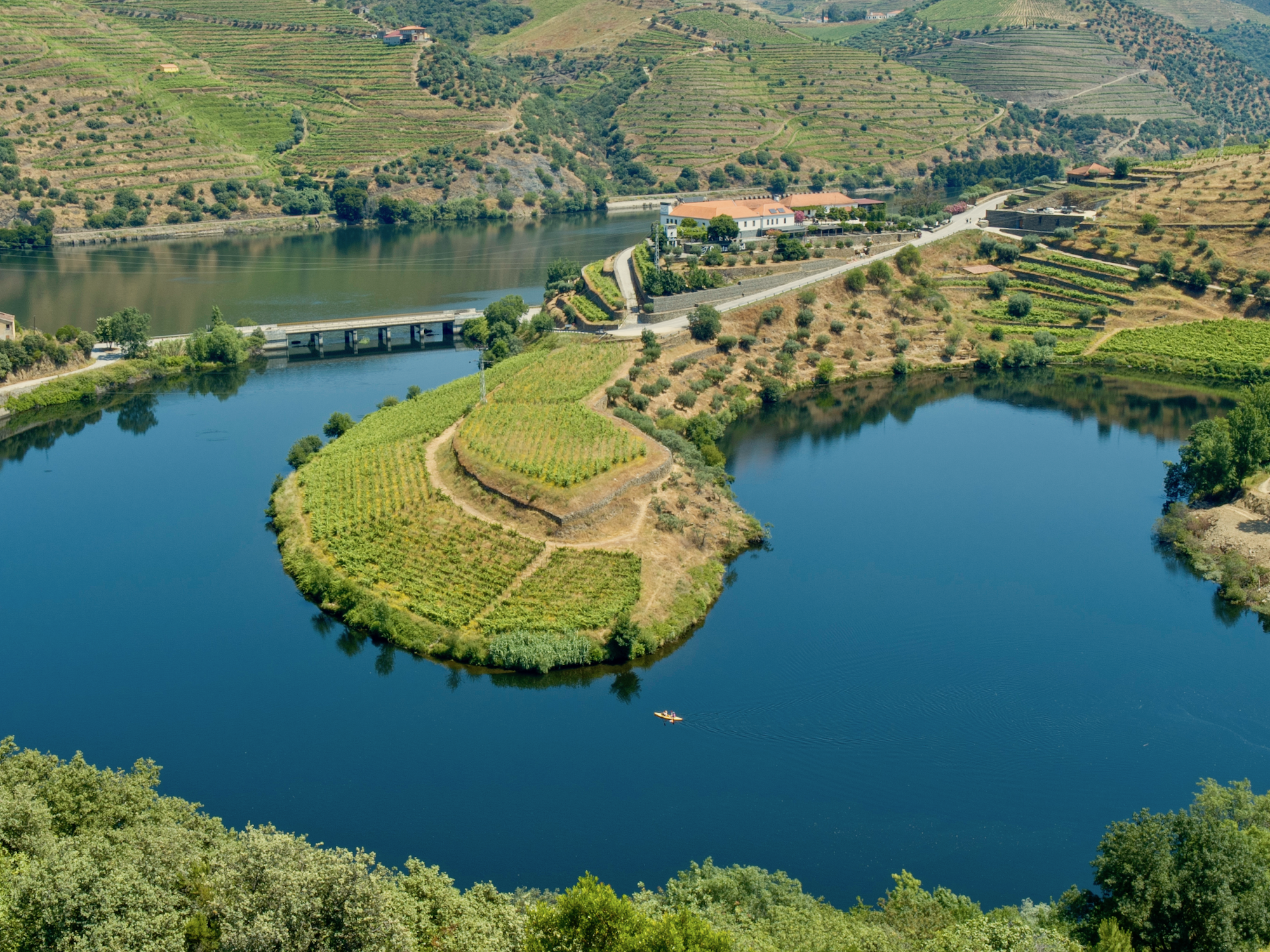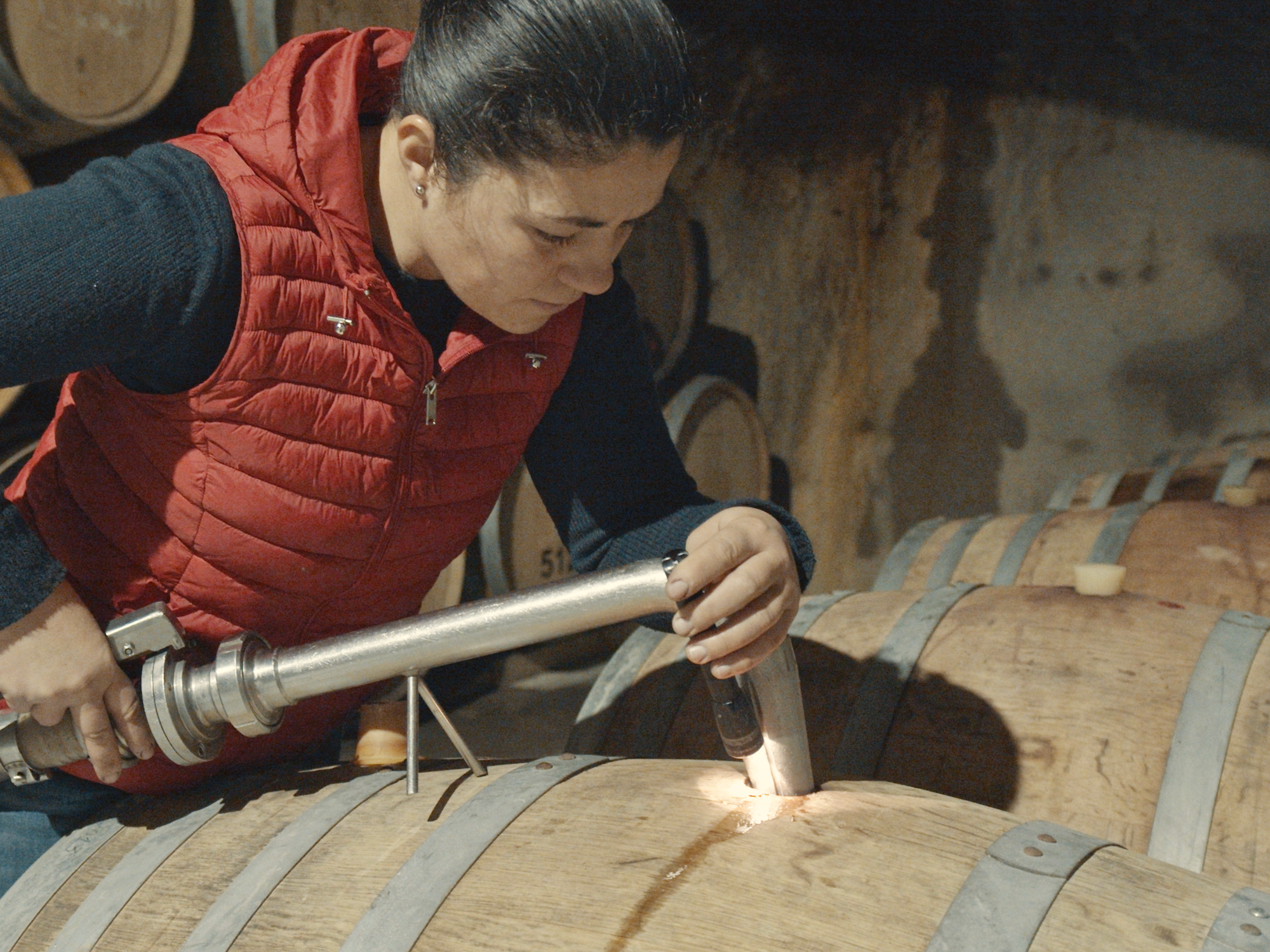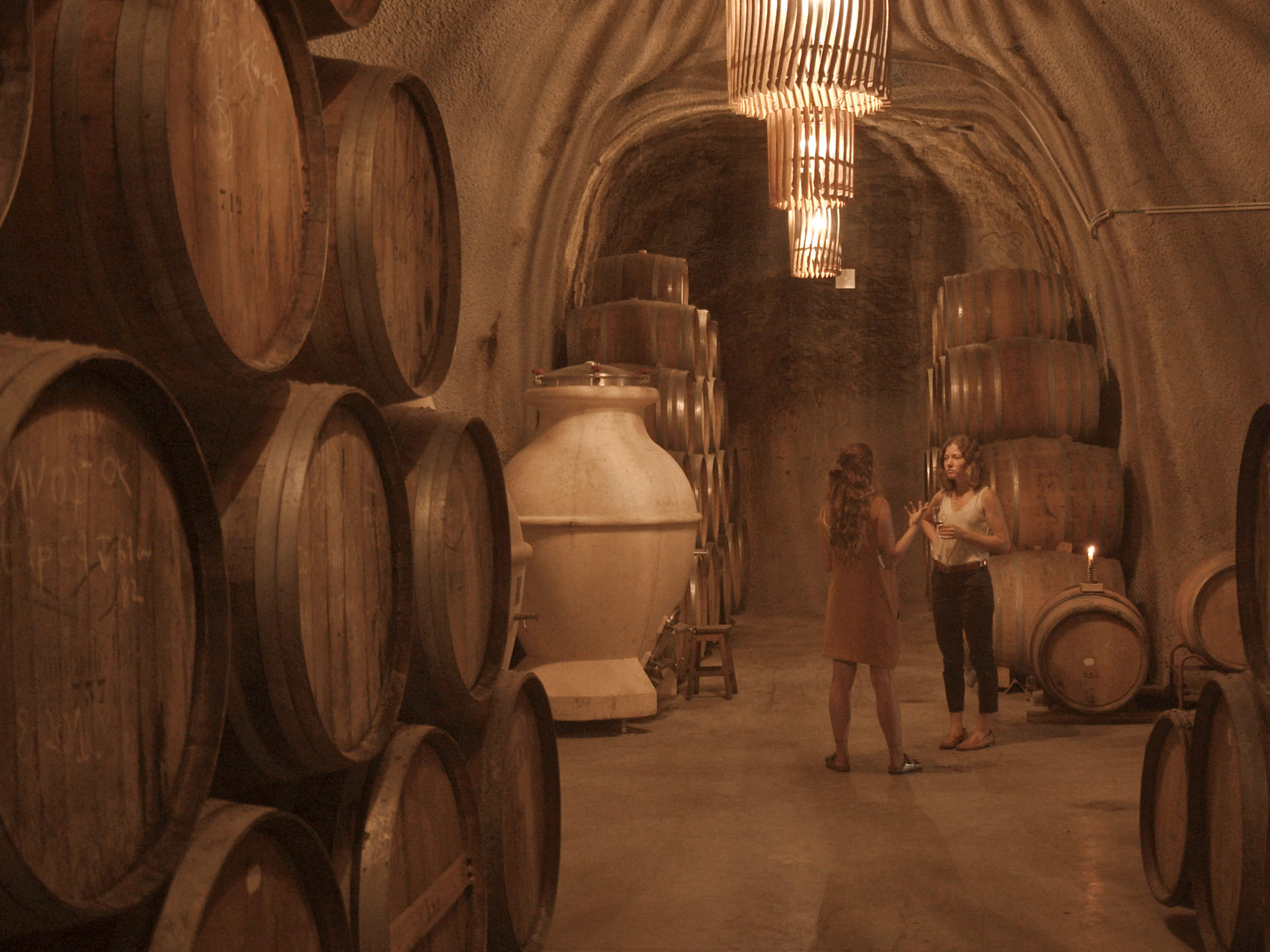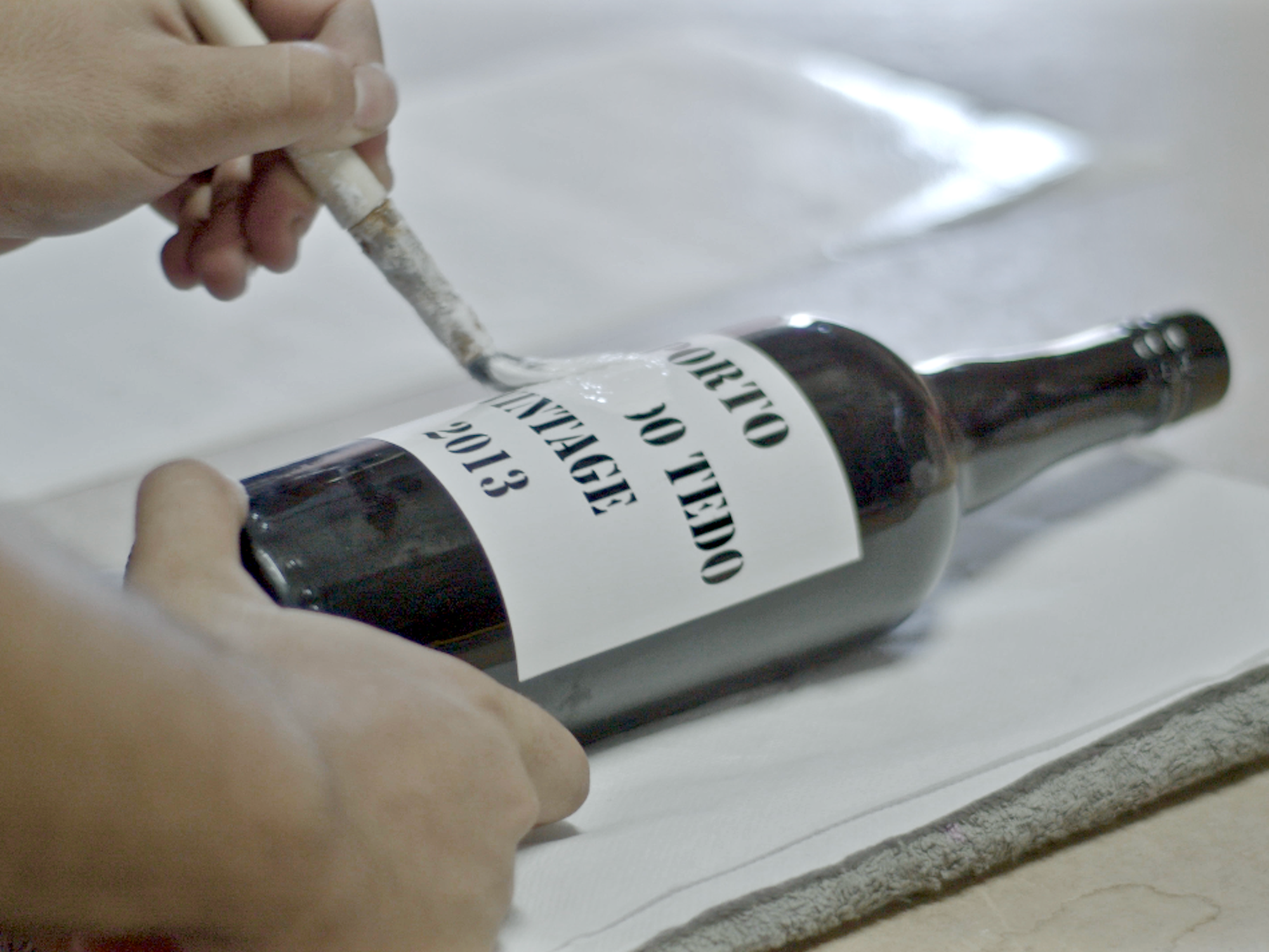January 27th is International Port Wine Day!
As Port is part of our Bouchard Family’s every day - we always have a bottle open to enjoy before or after dinner, with dessert or as dessert! - it’s easy to forget that, for many, Port largely remains a mysterious, perhaps even confusing, and hard to find “luxury”.
So, in light of International Port Wine Day, and in response to requests from even our longest-standing Tedo patrons for a “Port 101” refresher, we’ll dedicate this and next month’s blogs to demystifying Port and all its wonderful expressions we produce at Quinta do Tedo.
In Part 1 of our Port recap, we get back to basics…
What is Port? Port is a fortified wine, or a wine whose fermentation is stopped early by adding distilled spirit.
What’s so special about Port? Port is a specific type of fortified wine made uniquely in Douro Valley, a UNESCO World Heritage Site, the first demarcated and regulated wine region in the world (since 1756), and the world’s largest mountain vineyard appellation - what a mouthful of accolades!
Over 115 different grape varieties are approved for making Port. Most are indigenous to Douro except Tinta Roriz, which comes from upriver where Portugal’s Douro turns into Spain’s Duero - here, it is called tempranillo. The blend of so many local grapes, when most wines today are monovarietal, imbues Port with unique and unreplicable complexity.
To produce Port, grapes are harvested, destemmed, macerated and partially fermented until about half their natural sugars turn into alcohol before adding aguardente (a 77% neutral grape spirit) to halt fermentation. The final product is sweet, has between 18-22% alcohol and is put to rest for months or years, in large or small stainless steel or neutral oak vats, according to style - Ruby, Tawny, Colheita, Vintage, Late Bottled Vintage, Rosé, etc. - we’ll tackle these next month (stay tuned!)
The quality and quantity of Port production are highly regulated. Producers send their samples to the IVDP for approval before bottling and launching on the market as a certain style. The IVDP (Instituto dos Vinhos do Douro e do Porto) is a governmental body that certifies, regulates and promotes Port and Douro wines, in other words, holding producers to high standards.
Such strict regulation emerged in response to producers adulterating Port in the late 18th century to satisfy a peak in English demand - they added in elderflower dye, water, sugar and wine from other regions, bruising Port’s quality reputation, leading to a drastic decline in demand, and devastating Portugal’s economy. Karma, karma, karma…
What makes Quinta do Tedo’s Port unique? Quinta do Tedo’s Ports are made exclusively from our estate’s 14 ha of grade A vineyards, the highest grade for quality Port production, based on a calculation of 12 parameters including vineyard soil, slope, altitude, exposure, grape varieties, age, yield, density, trellising system, etc. Our vineyards average 30 years old, yield a low 27-30 hL per ha, are composed of 20+ grape varieties and grow in schist soils and a variety of microclimates. Grade A vineyards account for roughly only 2% of Douro’s 45,000 ha under vine.
At Quinta do Tedo, we foot-tread our estate-grown grapes in 18th-c lagares as we believe the soft, warm skin of the human foot helps extract our grapes’ fine, velvety tannins without over-extracting aggressive, bitter tannins from their skins and seeds. Our Ports ferment with native yeasts from our certified organic (since 2012!) vineyards. Each year we taste and select the best aguardente, as we add a significant 20% to halt fermentation, it needs to be neutral, to not steal from our grapes’ expression, and good!
Every step of production - from growing and harvesting our grapes, to fermenting, aging, bottling and in some cases even labeling (for our pochoired Tawnies, Colheitas and Vintages) our Ports - is done at Quinta do Tedo. Ports are exposed to hot-dry-summer and cold-rainy-winter extremes and gain unique concentration aging in Douro compared to other producers’ aging cellars in Vila Nova de Gaia’s Atlantic-moderated climate.
Tune back in next month, when we’ll dive into Port’s beautifully complex (but not impossible to grasp) various styles. Until then, happy Port sipping!
- Odile Bouchard



